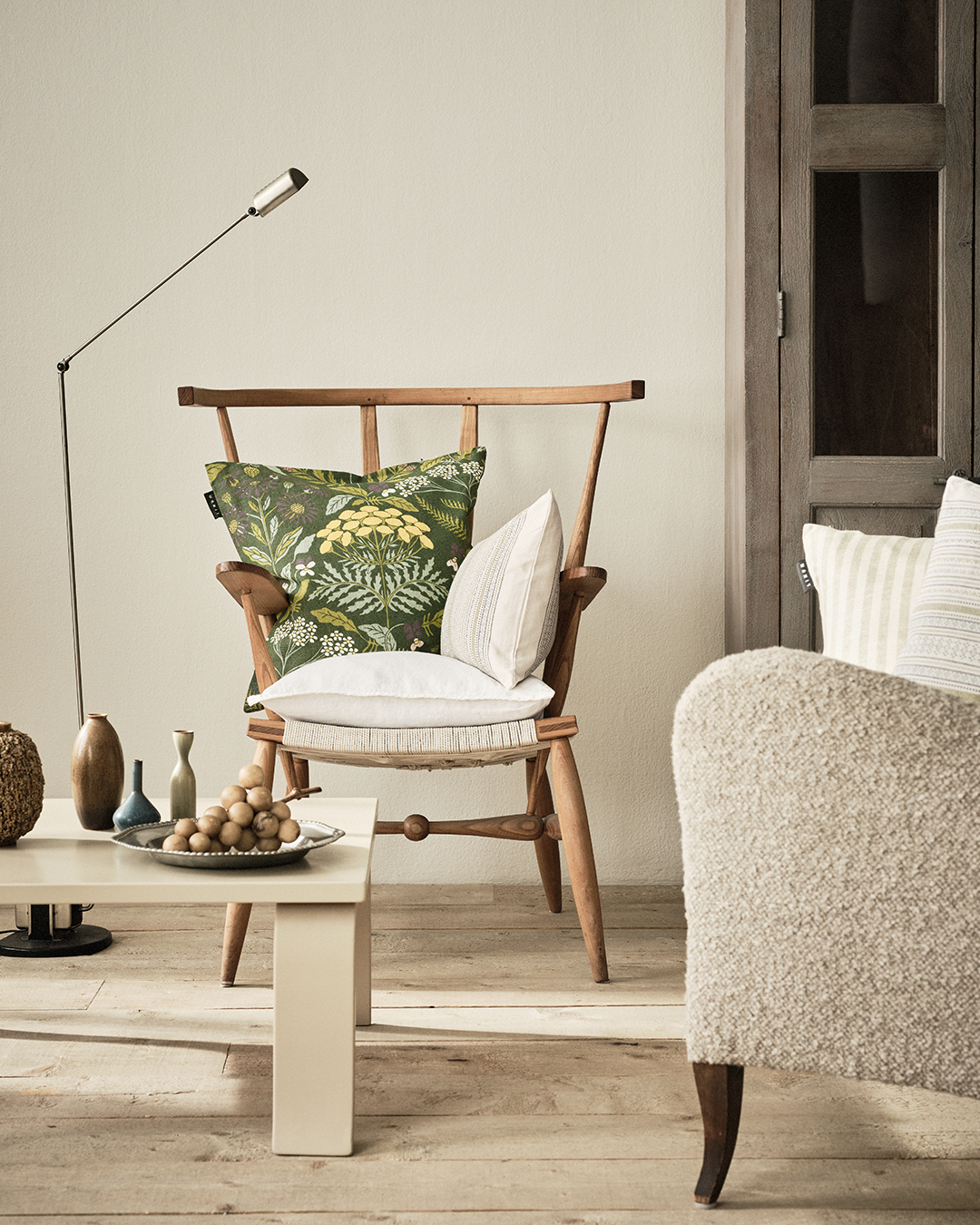Så använder LINUM cookies.
För att ge dig en så bra upplevelse som möjligt, använder vi oss av cookies. Cookies är en slags spårning som tar vara på din surfhistorik när du surfar i normalläge. För LINUM handlar det dels om nödvändiga cookies för webshopens grundfunktionalitet, men även om cookies för prestanda, pesonalisering, funktionalitet med mera. Det är du som bestämmer gällande spårning och du kan själv välja att anpassa dina inställningar. Mer information hittar du här.



